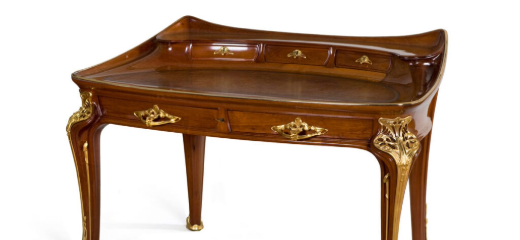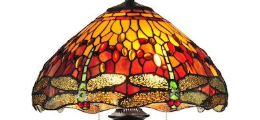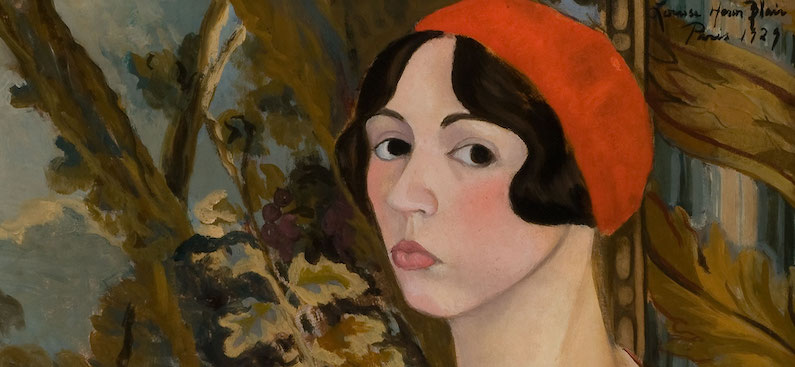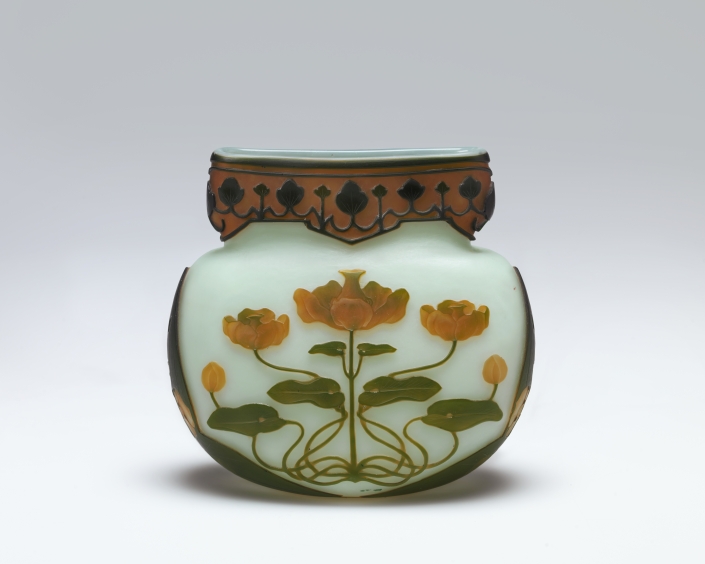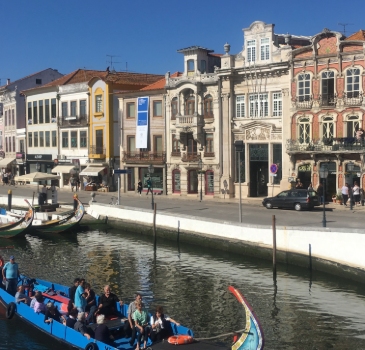Exploring the enduring influence of Art Nouveau on modern design offers a fascinating journey through the evolution of aesthetics and craftsmanship. This artistic movement, which emerged in the late 19th and early 20th centuries, was a response to the industrial revolution’s emphasis on mass production and standardization. Artists and designers of the time sought to return to a more personal and craft-based approach, drawing inspiration from natural forms and intricate details. The legacy of Art Nouveau continues to inspire designers across various fields, from architecture and interior design to graphic design, fashion, and product design.
Art Nouveau quickly spread across Europe, with each region developing its unique interpretation of the style. In Vienna, the “Sezessionstil” movement emphasized fluid lines and organic forms, while in Barcelona, the “Modernisme” movement showcased the work of iconic architects like Antoni Gaudí. The movement’s key elements include natural forms, intricate details, the use of new materials, and the integration of art and function. These elements have left a lasting impact on modern design, shaping the way we perceive and create beautiful, functional spaces and objects.
In contemporary architecture, the influence of Art Nouveau is evident in the works of architects like Santiago Calatrava. His designs, such as the City of Arts and Sciences in Valencia, Spain, feature sweeping, fluid lines reminiscent of Art Nouveau. Calatrava’s ability to blend modern engineering with Art Nouveau-inspired aesthetics results in structures that are both visually stunning and functionally innovative. The Guggenheim Museum Bilbao, designed by Frank Gehry, is another example of modern architecture that draws inspiration from Art Nouveau. The building’s fluid, organic forms and use of innovative materials echo the principles of the Art Nouveau movement, integrating art and function in a visually appealing way.
The works of Zaha Hadid, a renowned architect known for her fluid and dynamic designs, also incorporate Art Nouveau-inspired elements. Her buildings, such as the Heydar Aliyev Center in Baku, Azerbaijan, feature flowing lines and organic forms that evoke the spirit of Art Nouveau. Hadid’s use of innovative materials and her focus on integrating art and function further highlight the influence of the movement on her designs. These architectural marvels serve as a testament to the enduring appeal of Art Nouveau and its continued relevance in contemporary design.
Art Nouveau’s influence is also evident in modern interior design, where natural forms and intricate patterns are used to create inviting and visually appealing spaces. Designers like Kelly Wearstler incorporate organic shapes and detailed textures into their work, echoing the Art Nouveau ethos. The use of stained glass, mosaics, and decorative metalwork in contemporary interiors pays homage to the movement, creating spaces that are both aesthetically pleasing and functional. This integration of art and function is a hallmark of Art Nouveau, and its continued presence in modern interior design underscores the movement’s lasting impact.
In the realm of graphic design, the flowing lines and organic forms of Art Nouveau have significantly influenced modern practices. Artists like Alphonse Mucha, a key figure in the Art Nouveau movement, created intricate posters and advertisements that continue to inspire graphic designers today. Modern designers often use similar techniques, such as ornate typography and natural motifs, to create eye-catching designs that capture the essence of Art Nouveau. The enduring appeal of these design elements is a testament to the movement’s timeless aesthetic and its continued relevance in contemporary graphic design.
The impact of Art Nouveau on fashion is undeniable, with designers like Alexander McQueen and John Galliano drawing inspiration from the movement’s organic forms and intricate details. The use of flowing fabrics, intricate embroidery, and nature-inspired patterns in modern fashion echoes the Art Nouveau aesthetic, creating garments that are both visually stunning and functional. This integration of art and function in fashion design highlights the enduring influence of Art Nouveau and its continued relevance in contemporary fashion trends.
In product design, Art Nouveau’s influence is seen in the emphasis on craftsmanship and the integration of art and function. Contemporary designers often create products that are both aesthetically pleasing and functional, incorporating natural forms and intricate details. For example, the works of Japanese designer Nendo often feature organic shapes and a focus on craftsmanship, reminiscent of Art Nouveau. This approach to product design underscores the movement’s lasting impact on contemporary design practices and its continued relevance in today’s world.
The legacy of Art Nouveau continues to shape modern design, inspiring architects, interior designers, graphic designers, fashion designers, and product designers alike. The movement’s emphasis on natural forms, intricate details, and the integration of art and function has left a lasting impact on contemporary design trends. By exploring the influence of Art Nouveau on modern design, we can appreciate the enduring appeal of this iconic style and its continued relevance in today’s world.
As you plan your Art Nouveau-themed private tours and activities across European cities, take a moment to appreciate the modern design elements that surround you. From the flowing lines of contemporary architecture to the intricate details of modern graphic design, the influence of Art Nouveau is evident in many aspects of our daily lives. By understanding this influence, you can gain a deeper appreciation for the enduring beauty and relevance of the Art Nouveau movement. Whether you are exploring the stunning architecture of Barcelona, the hidden gems of Ljubljana, or the iconic designs of Vienna, the spirit of Art Nouveau is alive and well, continuing to inspire and captivate designers and enthusiasts alike.

